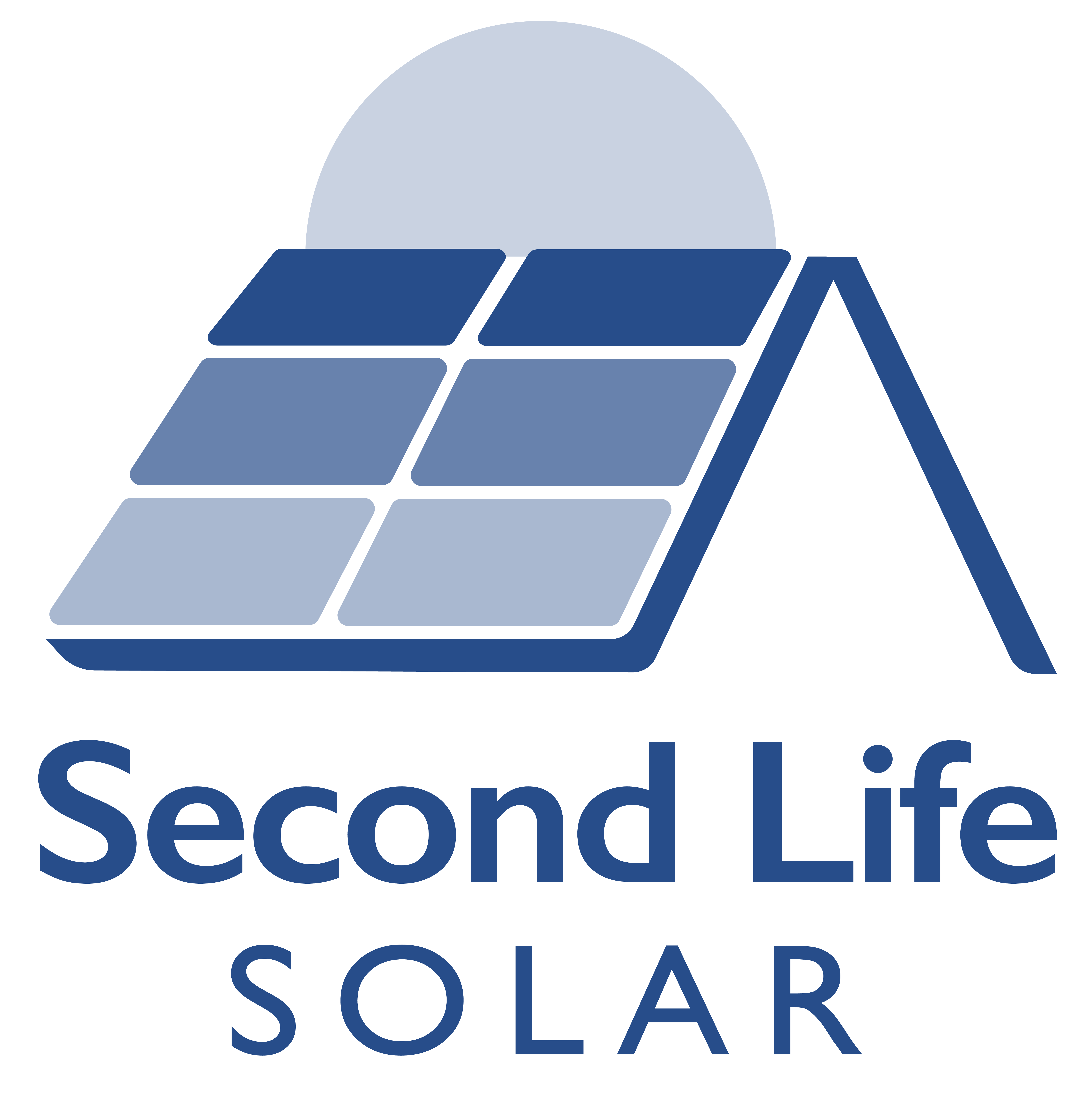As we step into 2025, the solar energy landscape is more dynamic than ever, reflecting significant growth and technological advancements.
Here’s a snapshot of the current state of solar power:
Global Installed Capacity
The world is set to add more than 5,500 gigawatts (GW) of new renewable energy capacity between 2024 and 2030, with solar photovoltaic (PV) accounting for a substantial portion of these additions.
Solar Power Generation
In 2022, power generation from solar PV increased by a record 270 terawatt-hours (TWh), up by 26% from 2021. Solar PV accounted for 4.5% of total global electricity generation, marking its position as the third-largest renewable electricity technology behind hydropower and wind.
U.S. Solar Market Growth
In the United States, solar power generation is projected to skyrocket by 75%, from 163 billion kilowatt-hours (kWh) in 2023 to an impressive 286 billion kWh by 2025.
Renewable Energy Expansion
In 2025, renewables-based electricity generation is set to overtake coal-fired generation. This milestone underscores the accelerating pace of the energy transition and reflects the growing reliance on renewable energy sources like solar, wind, and hydropower.
Technological Advancements
The global solar PV manufacturing capacity is expected to reach almost 1,000 GW in 2024, adequate to meet annual IEA Net Zero by 2050 demand of almost 650 GW in 2030.
Solar Installations in the UK
Britain’s largest solar farm plan, Botley West in Oxfordshire, is set to install over two million solar panels by 2027, generating 840 megawatts (MW) of electricity and powering 330,000 homes.
Key Takeaways:
In conclusion, 2025 marks a pivotal year for solar energy, with unprecedented growth in installed capacity and technological advancements. As solar power becomes increasingly integral to global energy strategies, continued investment and innovation are essential to harness its full potential.
At Second Life Solar, we supply used solar panels for businesses worldwide. Our high quality, second hand solar panels are thoroughly tested to ensure high performance. This is whilst diverting waste from landfill, reducing the carbon footprint of solar panels and helping businesses reach sustainability goals.

At Second Life Solar, we specialise in supplying used solar panels to buyers worldwide.
© All Rights Reserved.